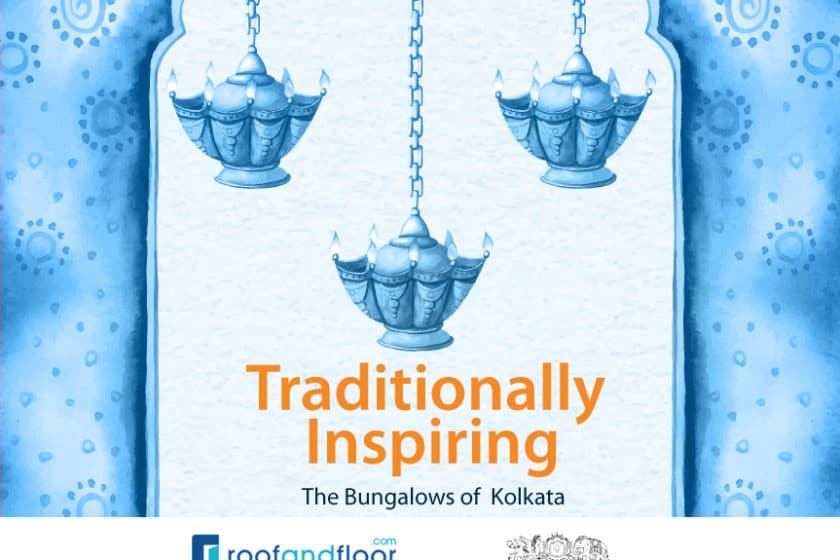For anyone who has visited or lived in Kolkata a decade back, the memory of its old world charm heritage house is irresistible. From the people to the architectural styles of monuments and homes, Kolkata was known to make its visitors feel like they had travelled back in time to when Calcutta was the capital of the country under the British rule.
However, development is changing the face of the city quite rapidly. Heritage buildings are being brought down and replaced with modern buildings to suit the needs of the younger generation.
When one speaks of spectacular architecture in Kolkata, it could be a reference to the famous monuments (such as Victoria Memorial), the mansions or rajbaris or thakurbaris or even the middle-class homes that were an eclectic mixture of architectural styles.
Although the beauty of the monuments and the palatial residences of the zamindars have been appreciated through the ages, the homes that were built as middle-class residences are not to be left behind in terms of charm. These bungalows or villa-style homes combined European and Bengali influences into a one-of-a-kind style of architecture that has never been seen anywhere else.
Built with wide verandahs to provide respite from the heat, these houses had stunning additions in the form of Corinthian-style columns to reflect the colonial influence. The verandahs along with the living rooms were used as space to receive guests and hold meetings. The houses had large central courtyards often featuring a Tulsi plant in the middle. A puja mandap flanked one side of these courtyards where the idols were brought and placed for worship during the Durga Puja and Kali Puja festivals. The mandap usually consisted of apses set behind intricately designed arches.
Beside the mandaps were balconies which could be used by women to look out to the street below. The personal bedrooms were lined against the opposite side of the courtyard while ladies’ quarters were found on the farthest end from the living room. Curved corridors and winding stairways led the visitors from one section of the home to another.
Other notable features of these houses included details such as red oxide floors, slatted Venetian or French-style windows usually painted green, round ornate door knockers, open roof terraces, intricately detailed cornices, patterned railings made from cast iron and more.
It is a shame that these homes reflecting cultural character are under threat in the name of development. Just like the agraharams in Chennai and Chettinad palaces, their maintenance and restoration is requires painstaking work and significant financial resources. While their protection has to be a combined effort of the government, the owners and conservationists, one can evoke their essence while building homes.
Utilizing practical aspects of the structure along with aesthetic interior additions such as ornate four-poster beds draped with canopy curtains, tables and chairs made of carved sandalwood and walls lined with paintings can bring back the colonial feel of old Calcutta. Add to that red oxide flooring, slatted windows and sweeping verandahs, you will have your own little means of time travel!


Kolkata has always been traditionally beautiful.
Thanks for your feedback. Feel free to reach us with any queries.